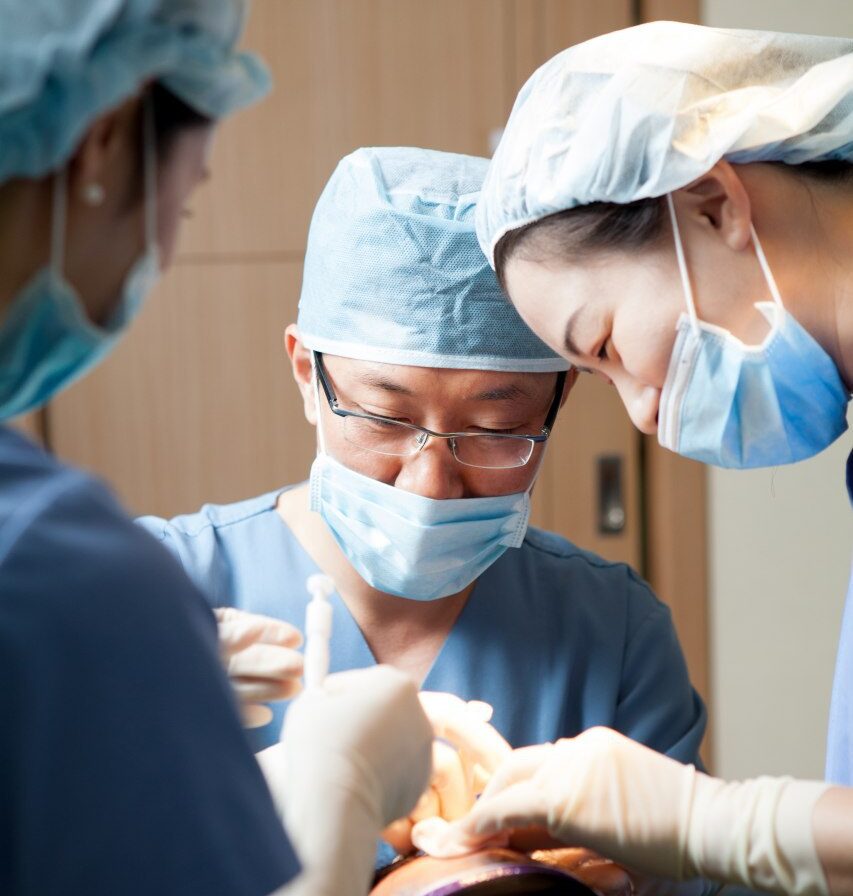Scar Hair Transplant
Many people’s hair concerns go beyond the fear of hair loss to include the possibility of scalp scars from past operations, mishaps, or burns. These scars can frequently cause self-consciousness and have an impact on one’s confidence in general. Scar hair transplant is a specialist technique that was developed in recent years as a result of developments in hair transplant treatments. It is intended to treat both hair loss and these ugly scars. The art and science of hair restoration are combined in this ground-breaking treatment, which results in a full head of hair as well as restored confidence.
How Scar Hair Transplant Works
A scar hair transplant is a unique surgical operation made to treat both scalp scarring and hair loss at the same time. In order to encourage hair development and cover scars, it entails removing healthy hair follicles from parts of the scalp that are unaffected by scarring (often the back or sides of the head). Here is a thorough explanation of how the process operates:
Consultation and Evaluation: A first consultation with a hair transplant expert kicks off the procedure. In this appointment, the specialist assesses the degree of hair loss, looks at the scars, and talks with the patient about his or her expectations. The surgeon evaluates the patient’s suitability for the treatment and establishes the quantity and caliber of donor hair that is available.
Planning and Creating the Procedure: The surgeon creates a unique plan for the procedure based on the evaluation. This strategy comprises figuring out how many hair grafts are required, choosing the best donor locations, and organizing the transplant to achieve a natural-looking hairline and scar concealment.
Local Anesthesia: On the day of the surgery, the patient is given a local anesthetic to numb the affected areas. This lessens discomfort while the treatment is being done.
Donor Hair Transaction: The surgeon next uses the Follicular Unit Extraction (FUE) procedure to gently remove healthy hair follicles from the chosen donor locations. FUE involves isolating and extracting individual follicular units with one to four hairs by performing minuscule, circular incisions around each hair follicle.
Recipient Site Preparation: After extracting the donor’s hair, the surgeon painstakingly prepares the recipient spots inside the damaged areas. These locations have been meticulously planned to achieve a natural hairline and the ideal density, guaranteeing that the transplanted hair blends in naturally with the surrounding hair.
Hair Transplantation: Carefully planned procedures are used to transplant the harvested hair follicles into the recipient areas. Each hair graft is carefully positioned by the surgeon to conceal scars and encourage healthy hair growth.
Closure and Dressing: After the transplant, the surgeon makes sure that the incisions are properly closed. The treated areas may also be covered with a bandage or protective covering to speed up healing.
Hair growth and recuperation: Patients frequently suffer some redness, swelling, and scabbing around the transplant location after the procedure, but these adverse effects usually go away within a week or two. Within a few months, hair growth starts, and within 9 to 12 months, considerable changes in hair density and look are seen as the transplanted hair follicles develop and mix in with the surrounding hair.
Benefits of Scar Hair Transplant
Improved Appearance: By covering scars and producing a thicker head of hair, a scar hair transplant dramatically improves the scalp’s appearance, which helps to improve overall aesthetics.
Enhanced Self-Esteem: Restoring a normal hairline and hiding scars can considerably improve self-esteem and build confidence, allowing people to participate more confidently in social and professional activities.
Results that Look Natural: Thanks to technological developments and the experience of trained surgeons, scar hair transplants produce results that look very natural, merging in smoothly with the existing hair.
Permanent Fix: Because the transplanted hair follicles are resistant to hair loss, they offer a long-lasting option for hair restoration and scar hiding.
Versatility: Scar hair transplant is a flexible procedure that may be adapted to each person’s particular scar patterns and hair restoration objectives.
Why Root Hair Transplantation Clinic

We will set the standard for hair transplants. Root Hair Transplant has a long-term goal of continuously helping people with hair loss. At Root Hair Transplant, we give customized hair transplants to all those who need them. However, Root Hair Transplant is proud to provide quality care and service, making the solution long-lasting.
FAQ
Anyone who is balding and has noticeable scars on their scalp from prior operations, accidents, or burns is a good candidate for a scar hair transplant. An adequate supply of healthy donor hair is available for transplantation, and good applicants have reasonable expectations for the outcome.
Since the surgery is done under local anesthetic, there is not much discomfort involved. During the healing process, patients could feel some minor aches or pains, which a doctor’s prescription painkiller might help with.
Usually, 3–4 months following a scar hair transplant, hair growth starts. However, because the transplanted hair follicles are still growing, it may take between 9 and 12 months to notice a noticeable increase in hair density and appearance.
There is a permanent solution for both scar hiding and hair restoration because the transplanted hair follicles are resistant to hair loss.
Patients could notice some swelling, redness, or scabbing near the transplant site, but this normally goes away in a week or two. To promote good healing, it’s crucial to adhere to the surgeon’s post-operative care guidelines.
Conclusion
In conclusion, a scar hair transplant is a ground-breaking technique that treats both hair loss and scars, giving people the chance to reclaim their natural hairline and confidence. This operation provides a permanent solution because to improvements in methods and technology, vastly enhancing the quality of life for people who struggle with scars and hair issues.
